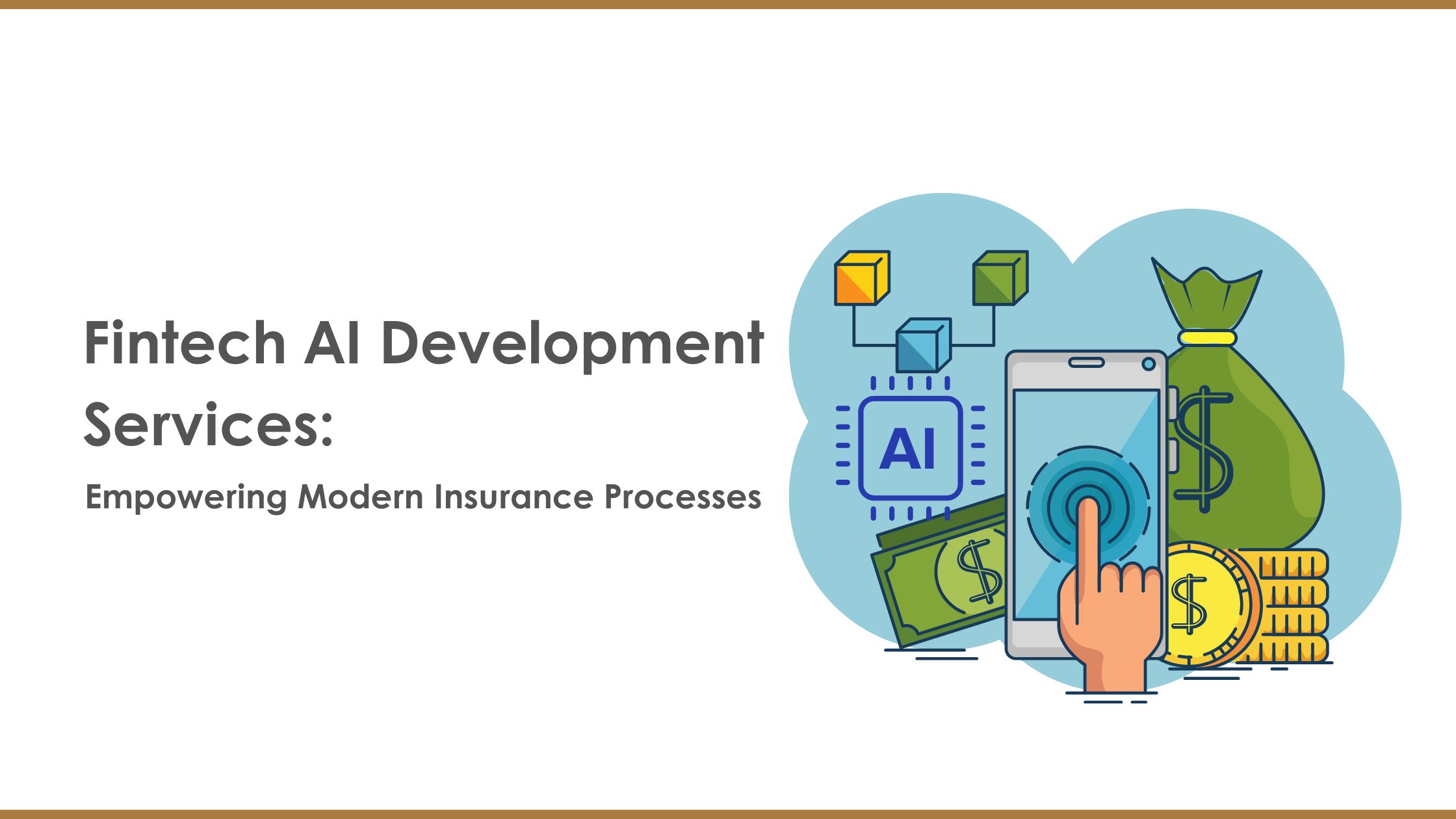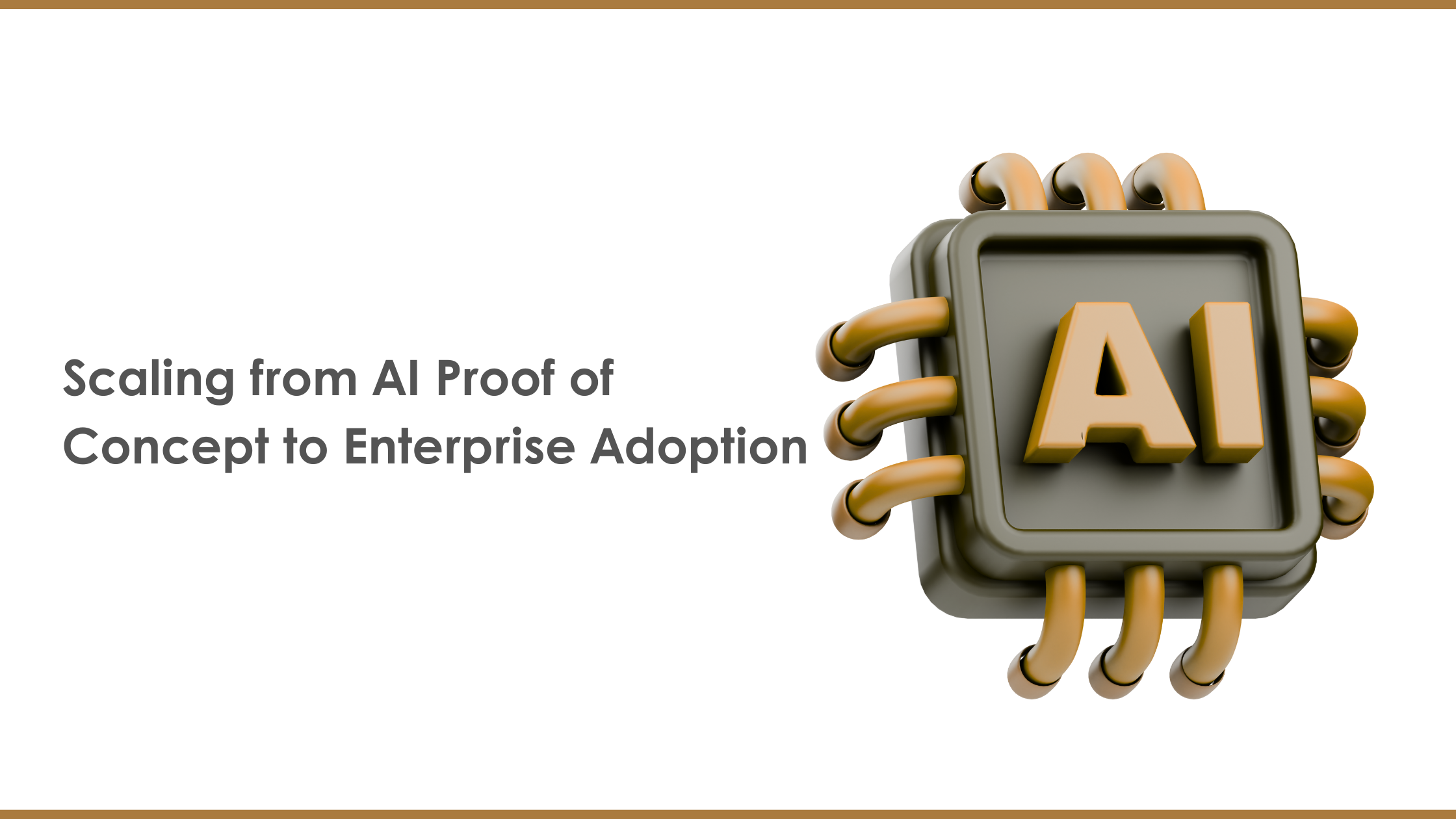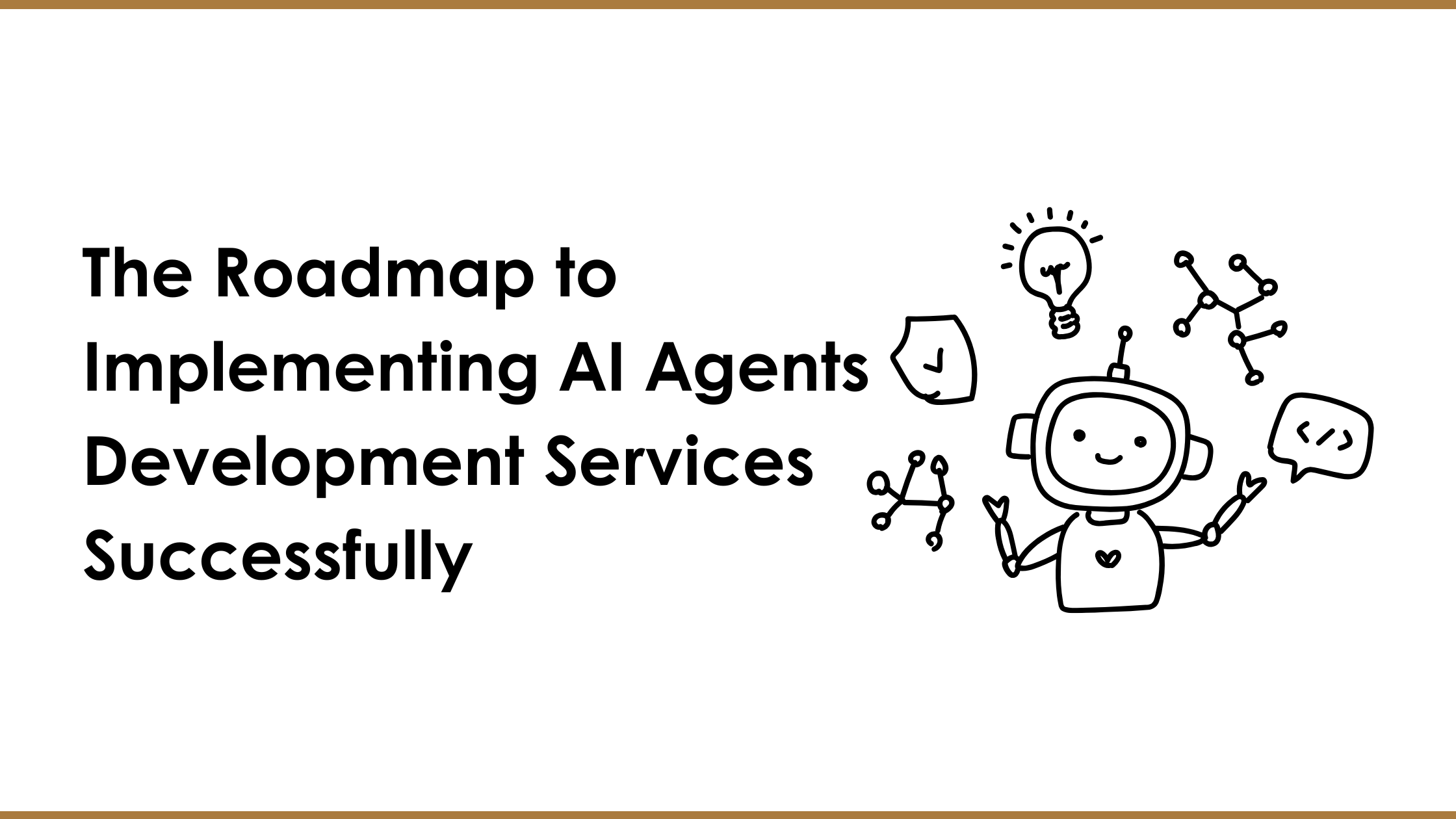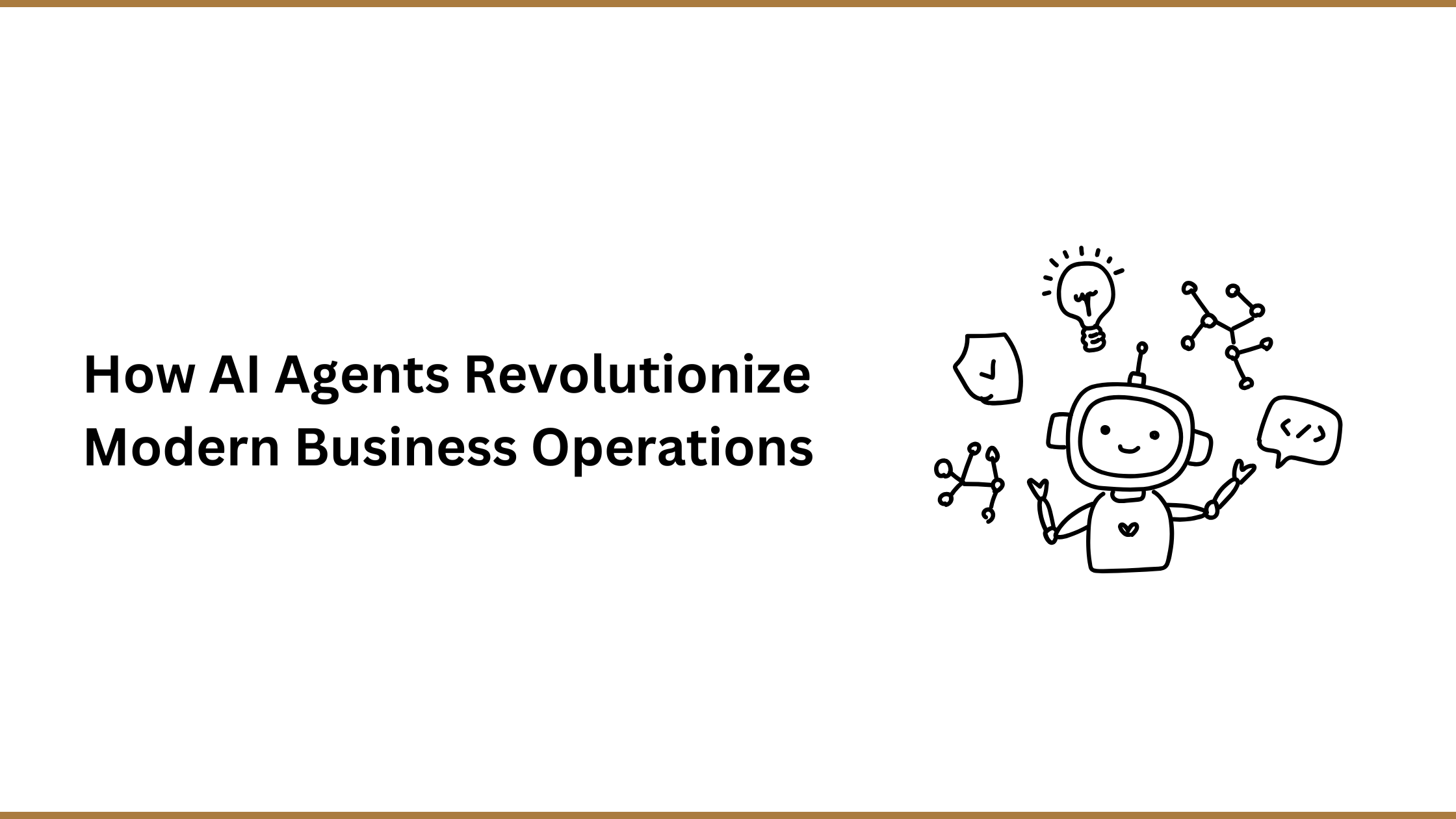 Real Blogger Outreach – Powerful Links. Zero Spam.
Real Blogger Outreach – Powerful Links. Zero Spam.
Why an AI Proof of Concept Is Essential for Business Innovation
Written by Avinash Chander » Updated on: March 10th, 2025

Introduction
Businesses recognize the game-changing potential of artificial intelligence (AI) for automation, analytics, and user engagement. Yet jumping straight into full-scale implementation without evidence of viability can waste time and resources. This is where an ai proof of concept comes in, providing a practical and cost-effective way to test ideas, gather feedback, and refine solutions before enterprise-wide rollout. In this blog, we explore the rationale behind AI proofs of concept, their key benefits, and the best approach to building a successful pilot that sets you on the path to meaningful innovation.
1. The Value of an AI Proof of Concept
1.1 Mitigating Risk
Launching a large-scale AI initiative can be expensive and complex. Through a pilot project, you validate assumptions about data availability, model accuracy, and business alignment early on. If the approach proves flawed, you pivot with minimal sunk cost rather than dealing with expensive reworks later.
1.2 Demonstrating Feasibility
An ai proof of concept fosters credibility among stakeholders by showing tangible outcomes or prototypes. This helps build organizational buy-in, securing budget and cross-departmental support for full-scale implementations.
1.3 Speed to Market
Rather than waiting until all details are perfected, a pilot approach pushes a basic but functional AI solution to real users quickly. Early user feedback or data insights can then inform iterative improvements, accelerating time-to-value.
2. Essential Elements of an AI Proof of Concept
2.1 Clear, Narrow Scope
Pilots should be laser-focused—tied to a singular question or use case. Examples include automating a single data entry process or building a small recommendation engine for a product category. A narrower scope yields faster learning and easily measurable results.
2.2 Data Readiness
Before coding, ensure your data is accessible, properly labeled, and relevant to the use case. Poor data quality compromises results and can create misleading “failures” that aren’t the model’s fault. A thorough data audit and cleaning phase is often vital.
2.3 Success Metrics
Identify what success looks like—higher accuracy in predictions, improved user satisfaction, or shorter processing times. Defining metrics upfront aligns project goals with measurable outcomes, proving value to decision-makers.
3. Steps to Build an Effective AI Proof of Concept
Define Business and Technical Goals: Clarify how the pilot aligns with strategic priorities—like cost reduction or new revenue.
Assemble a Skilled Team: Data scientists, domain experts, and project managers form a cross-functional group guiding requirements and outcomes.
Data Preparation: Integrate data from relevant sources, ensure labeling consistency, and handle missing values or outliers.
Model Selection and Development: Choose ML frameworks suited to the pilot. Keep your approach iterative, refining hyperparameters or datasets as new insights emerge.
Testing and Validation: Evaluate model performance on test sets. Consider real-time user feedback if building an interactive AI agent.
Pilot Deployment and Monitoring: Launch in a controlled environment or with a small user group. Monitor metrics, track resource usage, and gather feedback.
Iterate or Scale: If performance meets success criteria, plan the next phase—whether to iterate on the pilot or scale enterprise-wide.
4. Common Missteps and How to Avoid Them
Overly Broad Scope: Trying to automate an entire department’s workflow in the pilot stage is risky. Stay focused.
Neglecting Data Governance: Data privacy or compliance issues can derail the entire project if not addressed early.
Lack of Stakeholder Engagement: Failing to involve leadership or end-users can lead to a strong pilot but no real adoption post-launch.
Underestimating Integration Work: Merging a new AI engine with legacy systems or CRMs requires meticulous planning and robust APIs.
5. Measuring Pilot Success and Gaining Buy-In
KPIs: Track accuracy, user satisfaction, or cost savings, depending on the pilot’s purpose.
Financial Impact: Communicate potential ROI if scaled. If the pilot yields a 10% efficiency lift in one process, broader deployment may amplify those gains.
Narratives & Case Studies: Short demos or success stories from the pilot can influence skeptics and highlight how AI transforms work without displacing staff.
6. Beyond the Pilot: Scaling AI
Once a pilot proves successful, the next challenge is scaling. This might include:
Additional Features: Adding new data sources, customizing more user interactions, or broadening tasks.
Enterprise Integration: Larger rollout typically involves more robust security, compliance checks, and training for a bigger user base.
Continuous Improvement: Even at scale, user feedback and fresh data streams feed iterative model enhancements.
Conclusion
Piloting an ai proof of concept is not a trivial step—it’s a strategic choice that balances innovation with controlled risk. A well-structured pilot, guided by clear objectives and robust data practices, can prove a concept’s validity and demonstrate immediate ROI signals. As businesses compete in increasingly AI-driven landscapes, this preliminary stage lays the foundation for scaling advanced capabilities that transform operations, delight customers, and sustain long-term growth.
Note: IndiBlogHub features both user-submitted and editorial content. We do not verify third-party contributions. Read our Disclaimer and Privacy Policyfor details.
Copyright © 2019-2025 IndiBlogHub.com. All rights reserved. Hosted on DigitalOcean for fast, reliable performance.













